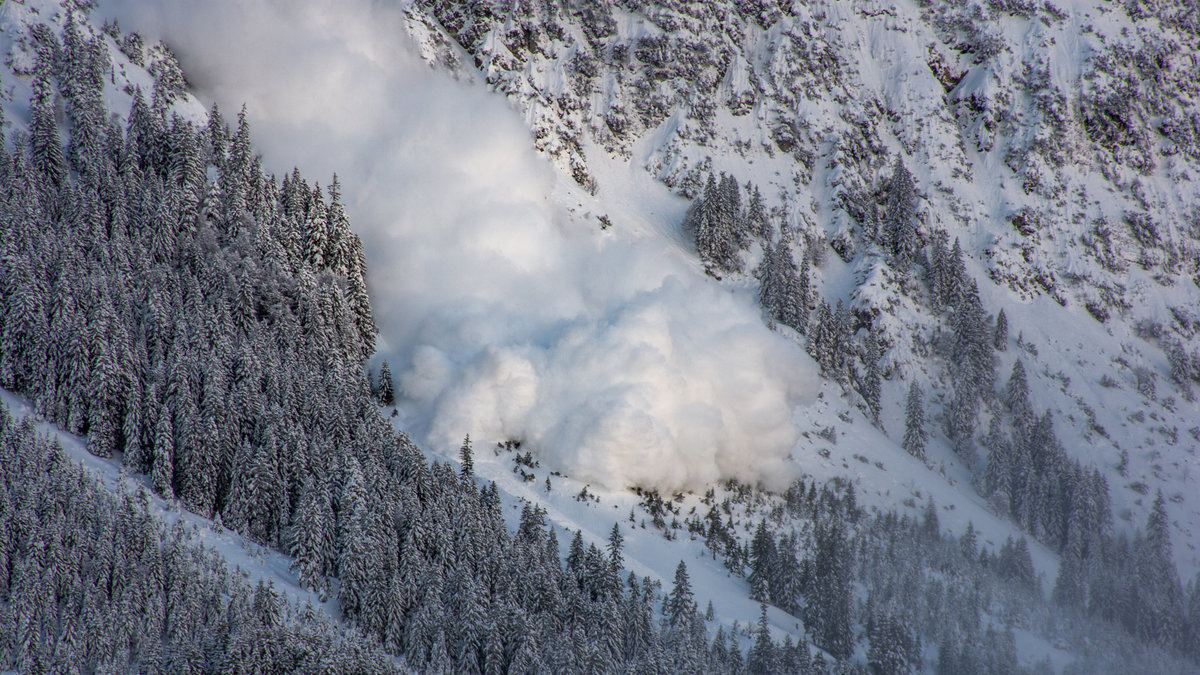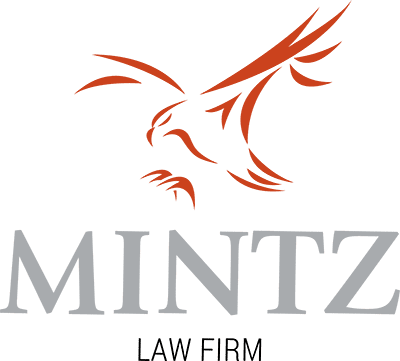Do Premises Liability Laws Apply to Avalanches at Ski Resorts?

Avalanches represent one of the most catastrophic natural disasters that can strike Colorado ski resorts, yet the legal complexity surrounding these events often leaves injured victims and their families confused about their rights and options for compensation. The intersection of premises liability law and natural disasters creates a murky legal landscape where traditional rules about property owner responsibility collide with the harsh realities of mountain environments and the concept of inherent risk.
Understanding how Colorado law treats avalanche-related injuries requires deep knowledge of premises liability principles, the Colorado Ski Safety Act, and the evolving standards for resort operations in avalanche-prone terrain. At Mintz Law Firm, founder David J. Mintz has spent more than 35 years helping injured people navigate complex personal injury cases, while managing attorney Eric C. Staton brings over 15 years of experience to ski accident claims where natural hazards and resort negligence intersect in devastating ways.
Fundamental Premises Liability Principles in Colorado
Premises liability law establishes that property owners have a duty to maintain reasonably safe conditions for visitors and warn them of known hazards. Colorado courts generally recognize three categories of visitors: invitees (paying customers like skiers), licensees (social guests), and trespassers. Ski resort guests fall into the invitee category, which means resorts owe them the highest duty of care.
Traditional premises liability law includes an exception for natural conditions on land, meaning property owners typically aren’t liable for injuries caused by natural features like rocks, trees, or terrain variations. However, this exception becomes complicated at ski resorts where operators actively modify natural terrain and charge fees for access to potentially dangerous mountain environments.
Colorado Ski Safety Act and Avalanche Risk
The Colorado Ski Safety Act establishes specific duties for ski area operators while acknowledging the inherent risks of mountain recreation. Under this legislation, resorts must monitor weather conditions, assess avalanche danger, and close terrain when conditions become unsafe. The Act imposes duties on ski operators to maintain reasonably safe conditions within the context of mountain environments.
Importantly, the Act doesn’t eliminate resort liability for avalanche-related injuries when operators fail to meet their statutory obligations. If a resort opens terrain despite known avalanche danger, fails to properly assess conditions, or inadequately warns skiers about specific risks, these failures may constitute negligence that overrides natural hazard protections.
Professional avalanche forecasting has become increasingly sophisticated, with resorts employing certified avalanche professionals who use weather data, snowpack analysis, and terrain assessment to make closure decisions. When resorts ignore professional recommendations or lack adequate avalanche assessment programs, they may face liability for resulting injuries.
When Resort Actions Create or Increase Avalanche Risk
While avalanches are natural phenomena, resort operations can influence avalanche risk in significant ways. Grooming patterns, tree removal, and terrain modifications can alter how snow accumulates and releases. Additionally, resort decisions about when to trigger controlled avalanches and how to manage terrain following avalanche control work directly impact guest safety.
Some resorts use explosive charges to trigger controlled avalanches, clearing dangerous snow buildup before opening terrain to skiers. When these avalanche control programs fail or when resorts inadequately assess the effectiveness of their mitigation efforts, resulting injuries may not be protected by natural hazard exceptions.
Infrastructure decisions also affect avalanche risk. Lift placement, trail routing, and building construction in avalanche-prone areas can create new hazards or channel natural slides in ways that increase danger to guests. Weather monitoring systems and warning protocols become essential components of reasonable care in avalanche-prone terrain.
Expert Analysis and Industry Standards
Avalanche cases typically require extensive expert testimony from avalanche professionals, meteorologists, and ski industry safety professionals who can analyze whether resort decisions met industry standards. The ski industry has developed detailed guidelines for avalanche risk assessment and terrain management. When resorts fall short of these industry standards, they may face liability even for injuries involving natural avalanches.
Contact Mintz Law Firm for Avalanche Injury Cases
Avalanche-related ski resort injuries present some of the most complex questions in premises liability law, requiring careful analysis of natural hazards, resort operations, and industry safety standards. While premises liability principles do apply to some aspects of avalanche risk management, the specific circumstances of each case determine whether resorts may be held accountable for injuries.
Our team at Mintz Law Firm brings decades of experience to challenging ski accident cases, with founder David J. Mintz’s 35-plus years of personal injury advocacy and managing attorney Eric C. Staton’s 15 years of dedicated service to injury victims. We work with leading avalanche professionals and industry safety specialists to thoroughly investigate these complex cases and fight for our clients’ rights. Contact us today to discuss your avalanche-related injury case and learn how premises liability laws may apply to your situation.
